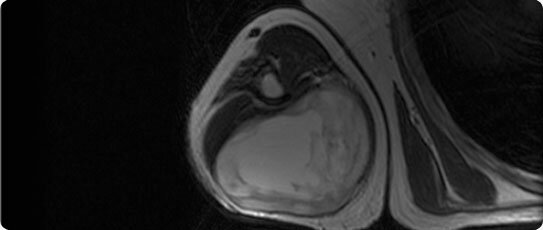
Royal National Orthopaedic Hospital NHS Trust
University College London Hospitals NHS Foundation Trust



what is sarcoma?
>
soft tissue sarcoma
Soft tissue sarcomas account for about 1% of all malignant tumours. The cause of these tumours is not known, although they may be associated with previous radiotherapy, some toxins, and very rarely may be hereditary. They can affect any age group, although are more common in the middle-aged and elderly, and less common in younger age groups. There are many different histological subtypes of soft tissue sarcomas, although the commonest include liposarcoma, leiomyosarcoma, synovial sarcoma, and malignant peripheral nerve sheath tumour. Nearly 60% of soft tissue sarcomas arise in the arms or legs, 20% in the trunk, 5% in the head and neck, and 15 - 20% in the abdomen or internal organs. The commonest sarcoma arising from the gut is gastrointestinal stromal tumour. The signs and symptoms of sarcomas vary according to where they develop, but often the first sign is of a lump in an arm or leg. Worrying features that might indicate a sarcoma include size greater than 5cm, a lump that is increasing in size, and pain.
Newly diagnosed soft tissue sarcomas are usually treated with surgery, sometimes with radiotherapy given either before or after surgery. Chemotherapy may also be used to treat localised tumours, although less commonly. For advanced tumours that have spread around the body, chemotherapy is usually the most important part of treatment, although radiotherapy may also be helpful.

